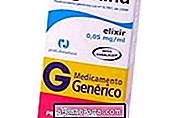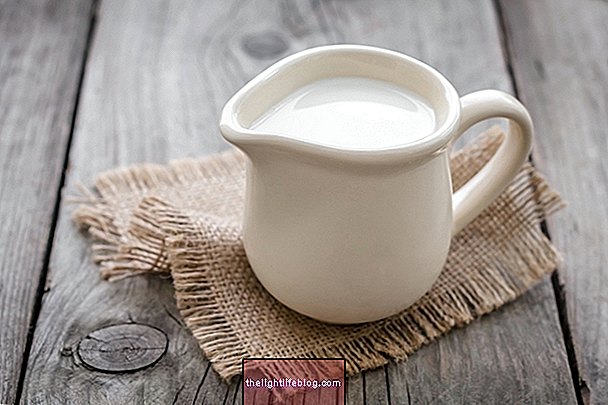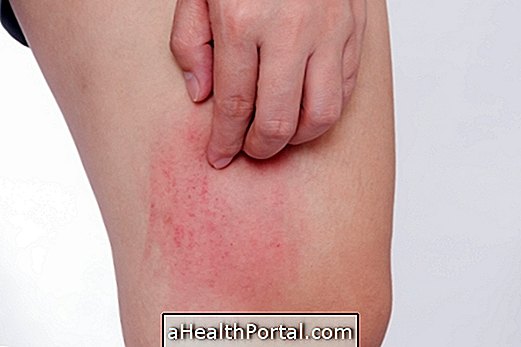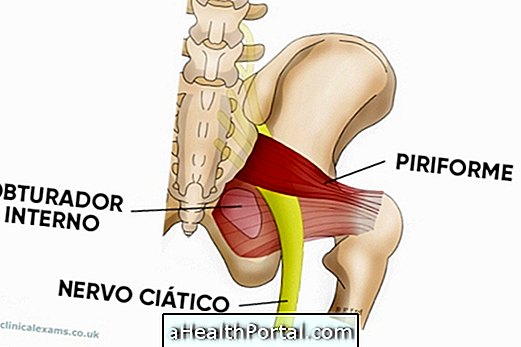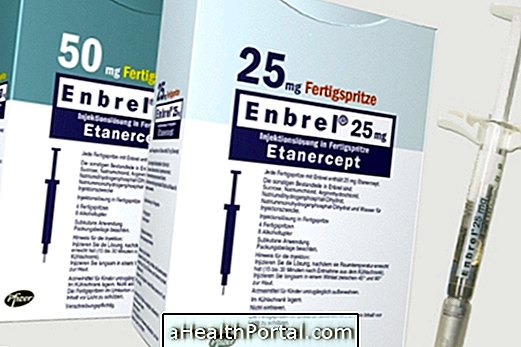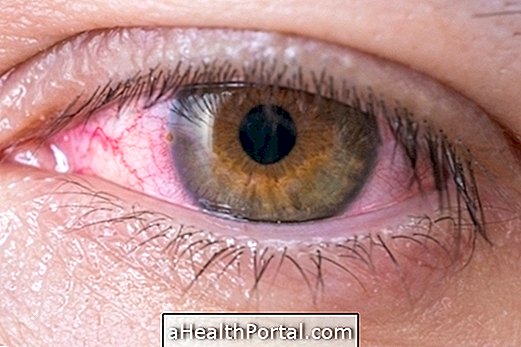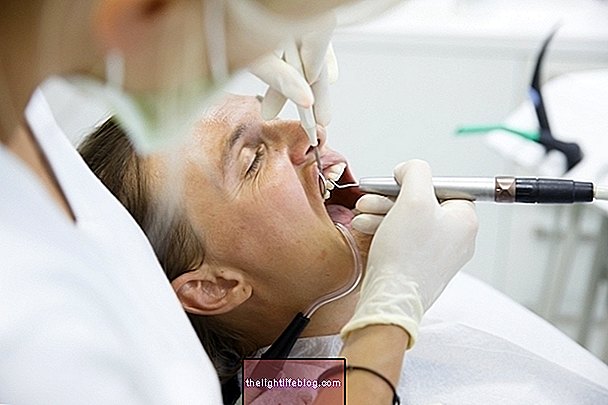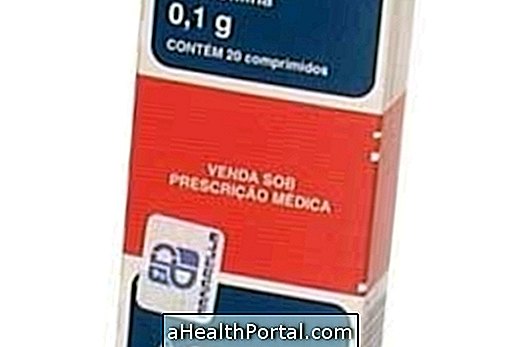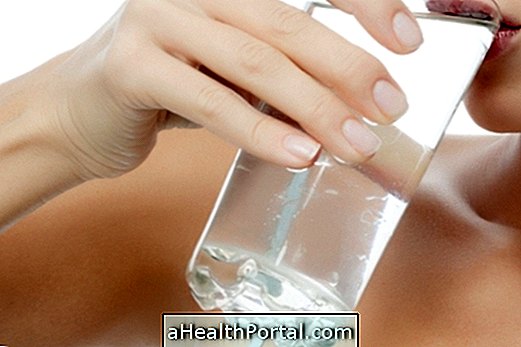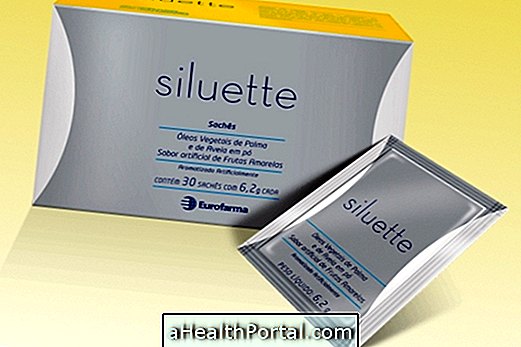Emla is a cream that contains two active substances called lidocaine and prilocaine, which have a local anesthetic action. This ointment lulls the skin for a short time and is useful for use before piercing, drawing blood, taking a vaccine, or making a hole in the ear, for example.
This ointment may also be used before some medical procedures, such as administration of injectables or placement of catheters, to reduce pain.

What is it for
Because it is a local anesthetic, Emla cream works by numbing the surface of the skin for a short period of time. However, one can still feel pressure and touch. This remedy can be applied on the skin before some medical procedures like:
- Administration of vaccines;
- Before drawing blood;
- Removal of warts on the genitals;
- Cleansing of skin damaged by leg ulcers;
- Placement of catheters;
- Superficial surgeries, including skin grafting;
- Surface aesthetic procedures that cause pain, such as epilating the eyebrow or microagulating.
This product should be applied only if recommended by a healthcare professional. In addition, care should be taken to avoid use in wounds, burns, eczema or scratches, in the eyes, inside the nose, ear or mouth, anus, and genitals of children under 12 years.
How to use
A thick layer of cream should be applied at least 1 hour before the procedure. The adult dose is approximately 1g of cream per 10 cm2 of skin, then placing an adhesive on top, already contained in the package, which will be removed just before the procedure begins. In children:
| 0 - 2 months | up to 1g | maximum 10 cm2 of skin |
| 3 - 11 months | up to 2g | maximum 20 cm2 of skin |
| 15 years | up to 10 g | maximum 100 cm2 of skin |
| 6 - 11 years | up to 20g | maximum 200 cm2 of skin |
When applying the cream, it is very important to follow the following instructions:
- Squeeze the cream, making a pile at the place where the procedure will be performed;
- Remove the central paper film from the non-adhesive side of the dressing;
- Remove the cover from the adhesive side of the dressing;
- Place the dressing carefully on the cream pile so as not to spread it under the dressing;
- Remove the paper frame;
- Allow to act for at least 60 minutes;
- Remove the dressing and remove the cream just before the beginning of the medical procedure.

Removal of the cream and the adhesive should be done by a healthcare professional. In the genital area, the use of the cream should be done under medical supervision, and in the male genitals, it should only act for 15 minutes.
Possible side effects
Emla cream can cause side effects like pallor, redness, swelling, burning, itching or heat at the application site. Less often, tingling, allergy, fever, breathing difficulties, fainting, and eczema may occur.
When not to use
This cream should not be used in people who have allergies to lidocaine, prilocaine, other similar local anesthetics, or any other component in the cream.
In addition, it should not be used in people with deficiency in glucose-phospho-dehydrogenase, methemoglobinemia, atopic dermatitis, or if the person takes antiarrhythmics, phenytoin, phenobarbital, other local anesthetics, cimetidine or beta-blockers.
It should not be used on the genitals of children under 12 years of age, preterm newborns, and in pregnant and breast feeding women, should be used with caution, and after informing the doctor.

